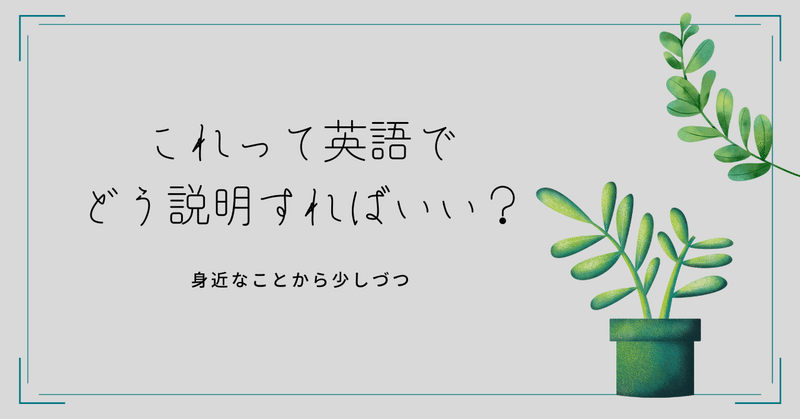
通訳ガイドのアラ還主婦の国家試験修行〜全国通訳案内士 口述試験対策篇1〜
こんにちは。ペーパーガイドのGerryです。
先日、合格発表があり、今年も多くの全国通訳案内士が誕生しました!
完全に落ちたと思っていた私が、ネットで合格者の発表を見て自分の番号があるのを見つけ、「よっしゃぁ〜〜〜〜」と拳を突き上げたことを思い出しました。
合格された皆様も、今回はご縁がなっかた皆様も、本当にお疲れ様でした。8月の筆記試験から長かったですよね。
さて、英検のエッセイやスピーチ原稿の記事と並行して、「全国通訳案内士 口述試験対策篇」を始めることになりました。これから全国通訳案内士試験に臨もうとされている方の助けになれば幸いです。
口述試験に必要なのは、英語力はもちろんですが、それよりも大事なのが「日本に関する諸々の知識」です。これがないと始まりません。どれだけ英語がペラペラでも内容がなければ話せません。
いろんな方法でネタを集めるやり方はすでに述べてきました。
ここからは私が実際に集めた「日本に関するいろんなこと」を英語でまとめたネタを書き残しておこうと思います。短いものも長いものもごっちゃになってますけれど・・・・・。のんびりペースでぼちぼちやります。
実際の口述試験では2分ほどのスピーチをしなければならないので、ここに載せたものでは当然足りません。。が、ある程度話すことが決まっていれば、いくらでも肉付けすることはできるので、とりあえずこれだけ言えたらいいかな、という感じでまとめてます。
1 日本について
日本の由来
日本とは文字通りの意味は太陽が昇るところ、である。伝えられるところによると、7世紀に聖徳太子が隋の国に手紙を送った時に、日出ずるところの天子から日没するところの天子へ宛てたものであると言ったということである。この時初めてこの国がが日出ずるところの国、日の本つまり日本であるとされた。
Origin of the name of Japan
“Nippon”literally means the place where the sun rises. It is said that when Imperial Prince Shotoku sent an official letter to a Chinese emperor of the Sui dynasty in the 7th century, he mentioned it was from the Imperial prince of the sun-rising country to the emperor of the sun-sinking country. It is said that this was the firs time our country was designated as the sun-rising country, Hinomoto or Nippon.
日本の気候
日本にははっきりとした四季があり、春と夏の間に梅雨がある。日本の気候は地理的位置や夏・冬の季節風、海竜や地勢に影響されている。
Japanese climate
Japan has four clear-cut seasons with rainy season between spring and summer. Japanese climate is influenced by geographical location, summer and winter monsoon, ocean currents and topography.
日本の国旗
日本の国旗は日の丸と呼ばれ、文字通りの意味は太陽の丸である。国旗のデザインは至ってシンプルで、白い背景に太陽を象徴する赤い丸が置かれている。1999年に国旗として制定された。
Japanese national flag
The Japanese national flag is called Hitomaru, which literally means the sun's circle. The design of the flag is very simple with a red circle symbolizing the rising sun on a white background. It was designated as the national flag by law in 1999.
君が代
「君が代」は日本の国歌である。その歌詞は古今和歌集からとっており、曲は明治時代初期に、ある宮廷音楽家がドイツ人音楽家の助けを得て作曲したものであった。「君が代」は儀式において演奏されたり歌われたりする。
歌詞は天皇の世が長く続くことを願ったものであるが、古い日本語で書かれているため、学校の行事で歌われはするものの意味をわかっていない子どもたちも多くいる。
Kimigayo, or national anthem
Kimigayo, “His Majesty’s Reign” is the national anthem of Japan. The words are from the Kokinwaka shu, "The Imperial Anthology", and its music was composed by an imperial musician with the help of a German musician early in the Meiji era. It is played or sung on ceremonial occasions.
The lyrics of Kimigayo express people’s wishes about a long-lasting imperial system and are written in ancient Japanese, therefore many children don’t know the meaning of the song even though they often sing it during some school ceremonies.
梅雨
梅雨は6月中旬頃に始まって約1ヶ月続く初夏の雨季である。梅雨による降水は田植え期の農家にとっては欠かせないものである。
Tsuyu, or rainy season
Tsuyu is an early summer rainy season which begins about the middle of June and lasts about a month. This rain is needed by the farmers at rice-planting time.
台風
台風は初夏から秋に日本をしばしば襲う激しい熱帯性暴風雨である。
Typhoon
Taifu, or typhoons are violent tropical storms which often attack Japan from early summer through autumn.
2 日本の歴史について
古墳
古墳は4世紀から7世紀の間に支配階級の人たちのために築かれた巨大な埋葬用の塚である。古墳の内部には宝飾品や金属製の鏡や埴輪など、多くの副葬品が納められている。
Kofun,or huge burial mound
Kofun is a huge burial mound which was built for the people of the ruling class during the 4th to 7th centuries. It contains numerous funerary objects such as jewels, metal mirrors, and clay figures called Haniwa.
縄文文化
縄文文化は狩猟や漁業を生活の基盤とし、藁の縄目の模様がついた縄文土器が特徴的である。縄文時代は紀元前10000年頃から紀元前300年頃まで続いた。
Jomon bunka, or Jomon culture
Jomon culture was based on hunting and fishing and was characterized by straw rope pattern pottery. The period extended from about 10,000 B.C. to 300 B.C.
弥生文化
弥生文化は農耕を基本とし、素焼きの土器や青銅器や鉄器が特徴であった。弥生時代は紀元前300年から紀元300年まで続いた。
Yayoi bunka, or Yayoi culture
Yayoi culture was based on agriculture and was characterized by unglazed pottery, bronze ware and iron ware. The period extended from 300 B.C. to 300 A.D.
埴輪
埴輪は男女や動物、特にウマを模った土製の像である。埴輪は古代の古墳時代に儀式用として作られたもので、副葬品として死者とともに埋葬された。
Haniwa,or clay figure
Haniya are clay figures in the shape of men, women or animals especially horses. They were made for ritual use and buried with the dead as funerary objects during the ancient Tumulus period.
朝廷
朝廷は日本の天皇が政治を行なった宮廷であった、幕府が権力を握るようになるまでは、朝廷は日本の歴史において重要な地位を保っていた。
Chotei, or the Imperial Court
Chose was the Imperial Court where the emperor administrated the government. It held an important position in Japanese history until the shogunate government came to power.
こんな感じで、集めたネタをどんどん書き残します。
ここまで読んでいただいてありがとうございました。
まだまだ未熟者ですが、あなたのサポートがあればもっと頑張れます!よろしければサポートお願いします。
